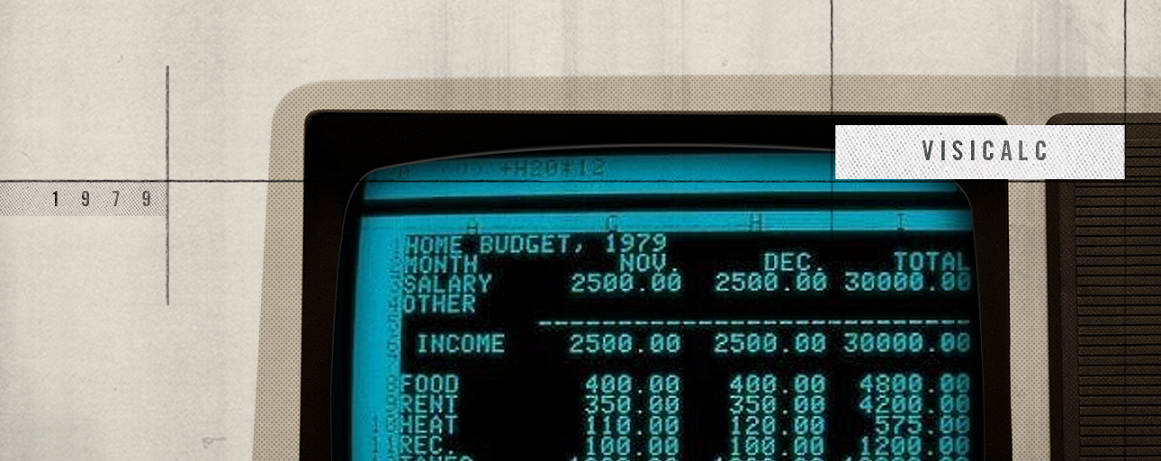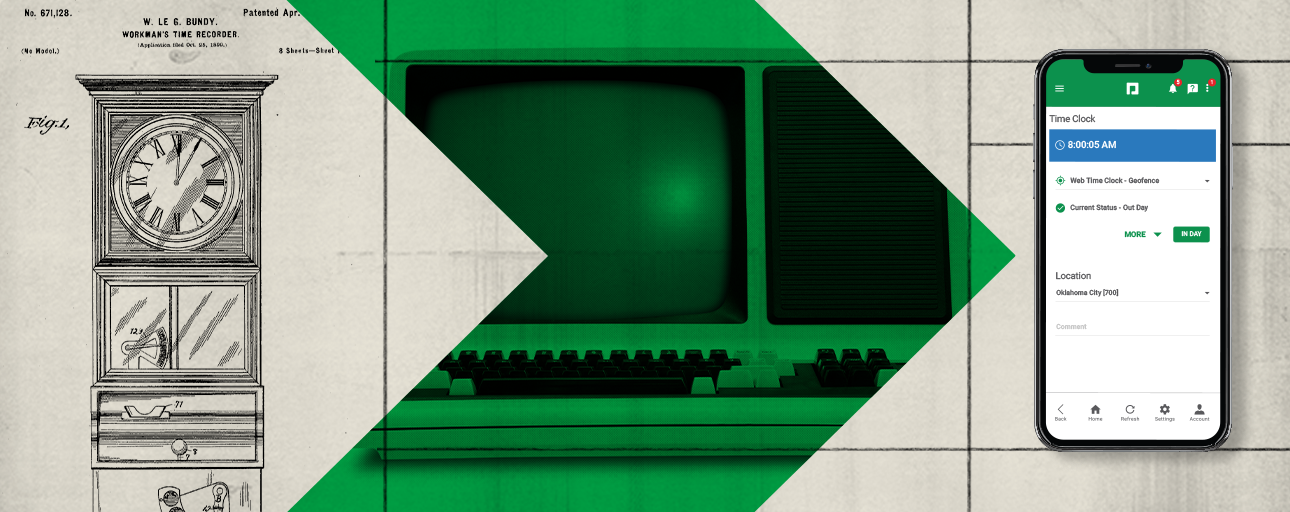We’ve been steadily improving our timekeeping skills for the last few millennia. Sundials were our first timepieces, but our ancestors also measured time by burning oil, incense or candles before inventing mechanical clocks in the 13th century.
Timekeeping devices continued to advance, becoming more precise and affordable, putting them within the reach of everyday citizens. This equalized ability to track the passage of time allowed everyone to more effectively organize and schedule their days.
Enter the time clock
Tracking employees’ time was purely a manual process until 1888, when William Legrand Bundy, a New York jeweler and prolific inventor who held numerous patents for cash registers and calculating machines, patented the first mechanical device that recorded when employees started and finished their workdays. All he had to do was calculate their pay. Bundy called his machine a “time recorder,” which you’ll recognize today as a time clock.
The function of the time clock didn’t change much until the late 1970s, when personal computing spurred the next innovation.

Enter personal computing
In 1978, Richard Mattessich invented the computer spreadsheet; its game-changing feature was doing what Bundy’s time clock could not: automatic calculations. One year later, in 1979, he released VisiCalc, the first publicly sold spreadsheet program and grandfather of everyone’s favorite: Microsoft Excel.
The now-iconic time clock underwent some improvements in response. Physical punch cards gave way to more precise keypads, touch screens and other digital technologies you’ve likely used at previous jobs.
These developments provided huge jumps in the ease of tracking employee time data, along with the accuracy of the calculations and ability for HR professionals to quickly import that information into a separate payroll system. HR managers noticed that technology could reduce — if not remove — the more time-consuming, data-intensive parts of their workloads.
Enter mobile technology
We’re living through another major technological shift in time tracking, thanks to mobile computing’s effect on the workplace. According to RealClear Science, the smartphone in your pocket gives you 100,000 times the computing power used to put man on the moon. When you pair that with a mobile coverage network that criss-crosses America, it just made sense for Bundy’s time clock — and your HR processes — to take a big leap forward.
The household emergence of the internet played a huge part in getting there. No longer did employees have to line up at a physical time clock when their workstation computers offered online time and attendance — a more convenient and accurate tracking method for their daily routine. For HR professionals, this freed up valuable time they could put toward organizational strategy and initiatives.
Paycom’s web-based time clock software delivers a solution that makes it even easier for employees to clock in digitally (even when labor must be allocated to different projects or locations) through the Employee Self-Service® tool in our mobile app.
While this removes HR from the time collection process, the employer enjoys greater security against time theft. Thanks to GPS, Wi-Fi and Bluetooth capabilities, the tool supports geofencing, ensuring that employees are at the right place at the right time upon clock-in.
Also in our mobile app, Manager on-the-Go® gives supervisors the ability to review, edit and approve their employees’ time from anywhere so those approval tasks don’t pile up waiting for them to return to a desk.

Enter tomorrow
In a single software, Paycom offers these and other tools for time and labor management as well as all your HR and payroll needs. HR has come a long way from marking time on clay tablets! The future looks bright, and we’d love to show you what the next era of HR tech can do to streamline and simplify processes across your operation. Click here to schedule a personalized demonstration.
